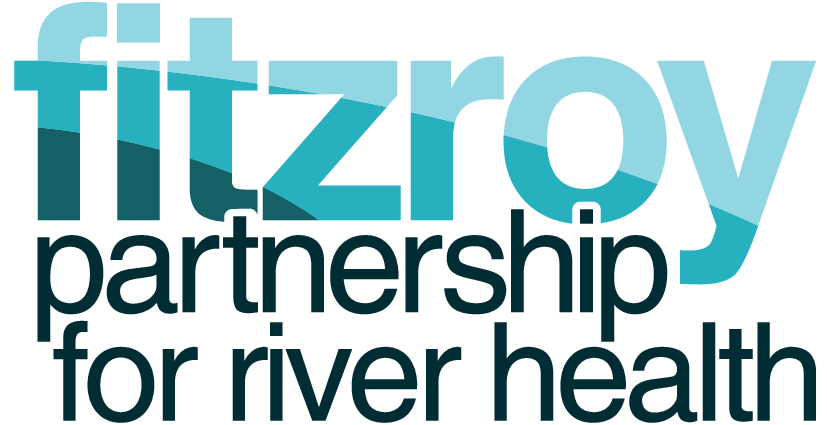Fish
- Rainfall
- Ground Cover
- Groundwater
- Eco Calculation
- Fish
- Fish Barriers
- Floods
- Land Use
- Marine Condition
- Pesticides
- Reef Check
Fish
Fish
The above map shows an overall catchment result or grade for fish species observed in each freshwater catchment across the Fitzroy Basin. Estuary and Barramundi recruitment data is not included in this indicator. The fish indicator is an ecological measure of waterway and fish health and may contribute to the Ecology category of the Report Card in the future. The result is based on the most recent monitoring available for each catchment and where no recent (post 2010) data is available for a catchment, this is displayed by a grey colour for No data in the map.
Why?
Native Fish are important predators and omnivores in the aquatic ecosystem food chain. There are more than 30 native species of freshwater fish and eel speciesliving in the Fitzroy Basin, as well as 4other fish species exotic to Australia. Unfortunately, exotic fish species have been introduced in to the Fitzroy Basin and are considered pests because they threaten the health of our waterways by competing with native fish and taking their food and habitat resources, and some exotic species have been linked to blue-green algae outbreaks.
Fish often live long lives (for many years) compared to other aquatic animals (such as macro-invertebrates that have short seasonal, episodic lives) and are therefore ideal for collecting a snapshot on chronic or cumulative impacts in our freshwater ecosystems and can also be an indicator of acute toxic events in our freshwater water bodies.
How?
Indicators of native species richness and exotic species are included in the fish category to compare locations and catchments:
- Native species richness - The ratio of Observed (sample results) to Expected Native Species (O/E50= number of species Observed, divided by the number of species Expected); and
- Exotic species - The change in numberof exotic (or introduced) fish.
A grade for Fish at a location or for the catchment is calculated by:
- Identifying the catchment in which the monitoring site (with fish data) is located and consequently the expected number of native and exotic species for the catchment in the Sub-basin Environmental Values and Water Quality Objectives;
- Tallying the observednumber of native fish species and the number of exotic species at the site (from data provided);
- For native species richness, use the Ratio equation (O/E50 ) to divide observednumber of native fish speciesby expectednumber of native fish for each monitoring site ;
- The greater the ratio is (O/E50 ), the better the aquatic ecosystem health is considered to be (Platten, 2011).
- The ratio result (or score) calculated is then given a grade by applying the following guideline values:
- A Grade has a score > 1
- B Grade has a score > 0.8 and = 1
- C Grade has a score > 0.6 and = 0.8
- D Grade has a score > 0.4 and = 0.6
- E Grade has a score = 0.4
- For exotic species, determine if number of species is more or less than expected.
- The result is given a grade by applying the following values:
- A Grade has an observed exotic species number of 0
- B Grade is not used in this assessment.
- C Grade has an observed exotic species number = expected number but > 0
- D Grade has an observed exotic species number > expected number by 1
- E Grade has an observed exotic species number > expected number by 2
- N is used where no fish were present (native or exotic).
References:
Platten, J. 2011. Fish Water Quality Guidelines for Fitzroy Basin Freshwaters, Department of Environment and Resource Management, Queensland. Environment Protection Water Policy 2009, Sub-basin Environmental Values and Water Quality Objectives, September 2011. Department of Environment and Heritage Protection.To find out how the Fish Water Quality Guidelines for Fitzroy Basin Freshwaters were developed, please see the following report.

